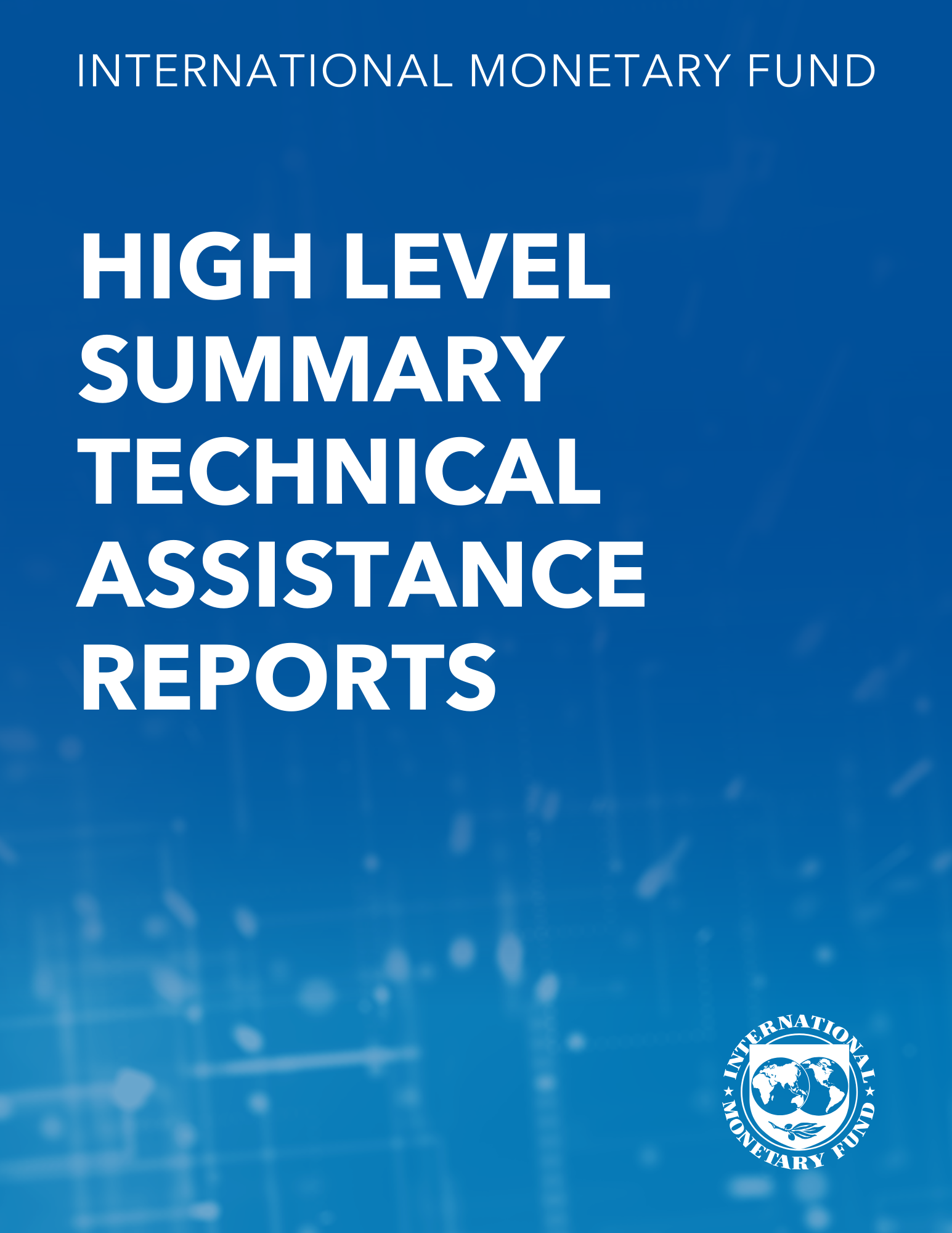Assessing Early Warning Systems: How Have they Worked in Practice?
March 1, 2004
Disclaimer: This Working Paper should not be reported as representing the views of the IMF.The views expressed in this Working Paper are those of the author(s) and do not necessarily represent those of the IMF or IMF policy. Working Papers describe research in progress by the author(s) and are published to elicit comments and to further debate
Summary
Since 1999, the IMF's staff has been tracking several early-warning-system (EWS) models of currency crisis. The results have been mixed. One of the long-horizon models has performed well relative to pure guesswork and to available non-model-based forecasts, such as agency ratings and private analysts' currency crisis risk scores. The data do not speak clearly on the other long-horizon EWS model. The two short-horizon private sector models generally performed poorly.
Subject: Currency crises, Early warning systems, Exchange rate adjustments, Exchange rate arrangements, Financial crises, Foreign exchange
Keywords: Africa, Asia and Pacific, balance of payments crisis, crisis prediction, crisis risk, Currency crises, currency crisis, DCSD model, Early warning systems, exchange rate, Exchange rate adjustments, Exchange rate arrangements, forecasting accuracy, KLR crisis, KLR definition, risk score, vulnerability indicators, WP
Pages:
45
Volume:
2004
DOI:
Issue:
052
Series:
Working Paper No. 2004/052
Stock No:
WPIEA0522004
ISBN:
9781451847284
ISSN:
1018-5941






